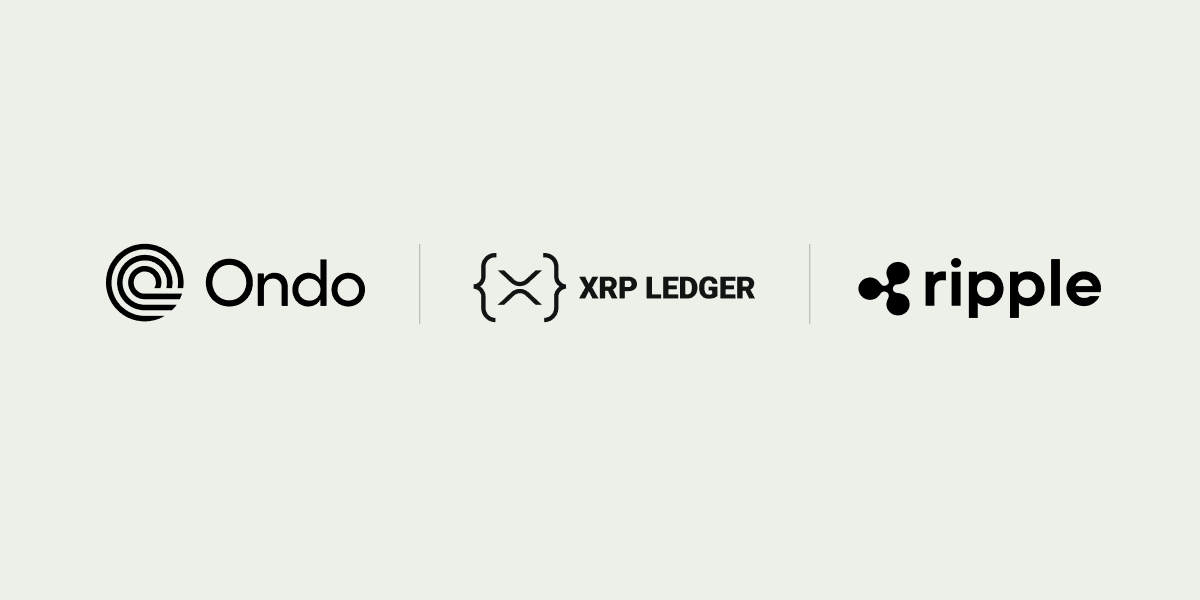As users increasingly opt for non-traditional financial transactions, the necessity of cryptocurrency continues to soar. As a result, BTC and ETH have become household names, but one-size doesn’t fit all in the crypto space. In fact, there’s a more viable digital option built for payments: XRP.
The XRP Ledger (XRPL), offers sustainability, speed and scalability, as well as a built-in decentralized exchange (DEX) and stablecoin support (IOU). Despite this advanced functionality, it’s been underutilized, which results in developers not leveraging the XRPL’s functionality and focusing on building some of this functionality from scratch on other ledgers like Bitcoin and Ethereum.
Let’s explore some of the key reasons why developers should build upon the lesser-known digital payment’s ledger and the impact XRP’s development could have.
The Ins and Outs of the XRP Ledger
The XRPL maintains a record of XRP ownership, offers a secure avenue for financial transactions and aggregates a clear management of assets and accounts. Due to its decentralized nature, no single party can control it so a community is required to maintain and operate it.
And in contrast to the inherently centralizing nature of proof of work, the XRPL is only becoming more decentralized over time, which ultimately complements other blockchain technologies since the XRPL offers fast, inexpensive, cross-currency transactions. The native support for issued currencies can digitize the world’s many currencies and assets and the XRPL’s built-in decentralized exchange which features auto-bridging over XRP can help connect them.
Reasons for Building on the XRP Ledger
By building on the XRP Ledger, developers can easily integrate payments into their products—seamlessly putting money at the center of their applications. The XRPL settles transactions faster than any other blockchain. Additionally, the XRP Ledger can handle up to 1,500 transactions per second.
Another stand-out reason for building on XRPL? An amendment process purposely designed and built for broad participation. Through this process, developers can propose a variety of changes to the XRPL, which are collectively vetted and agreed upon by the community of XRPL node operators.
These amendments are similar to feature updates, designed to improve the user experience and capabilities of the XRPL. While many other blockchains seem stagnant, the XRPL’s community has produced a stream of new features and design improvements
Sustainability as a Stand-Out
XRPL’s growth spawns many benefits, however, its greatest impact is on the environment. With BTC and ETH, asset production requires extensive mining equipment and high volumes of energy — just take an ASIC Bitcoin miner for example, which costs $1,500 with a high-performing miner costing upwards of $6,000.
XRP doesn’t amass these monetary and environmental costs. With the XRP Ledger, transactions are seamless and virtually instant—settling in 3-5 seconds—and with negligible energy costs.
XRPL’s Innovative Future
Between the innovative community and sustainability side effects, building on the XRPL offers unique benefits. It also results in real business outcomes.
Many organizations are tapping into the power of digital payments to elevate the way they do business. With the XRP Ledger, organizations leverage the scalability and speed of XRP to evolve operations, using it to monetize content and even raise the value of music.
With unique speed, reliability, and scalability, XRP and the XRP Ledger are built to foster continued innovation across industries. Building on the XRPL transcends just developer work, it is helping companies and people come together and improve the way things get done.
Learn more about XRP and its role in creating a digital, sustainable future for global, cross-border payments.







